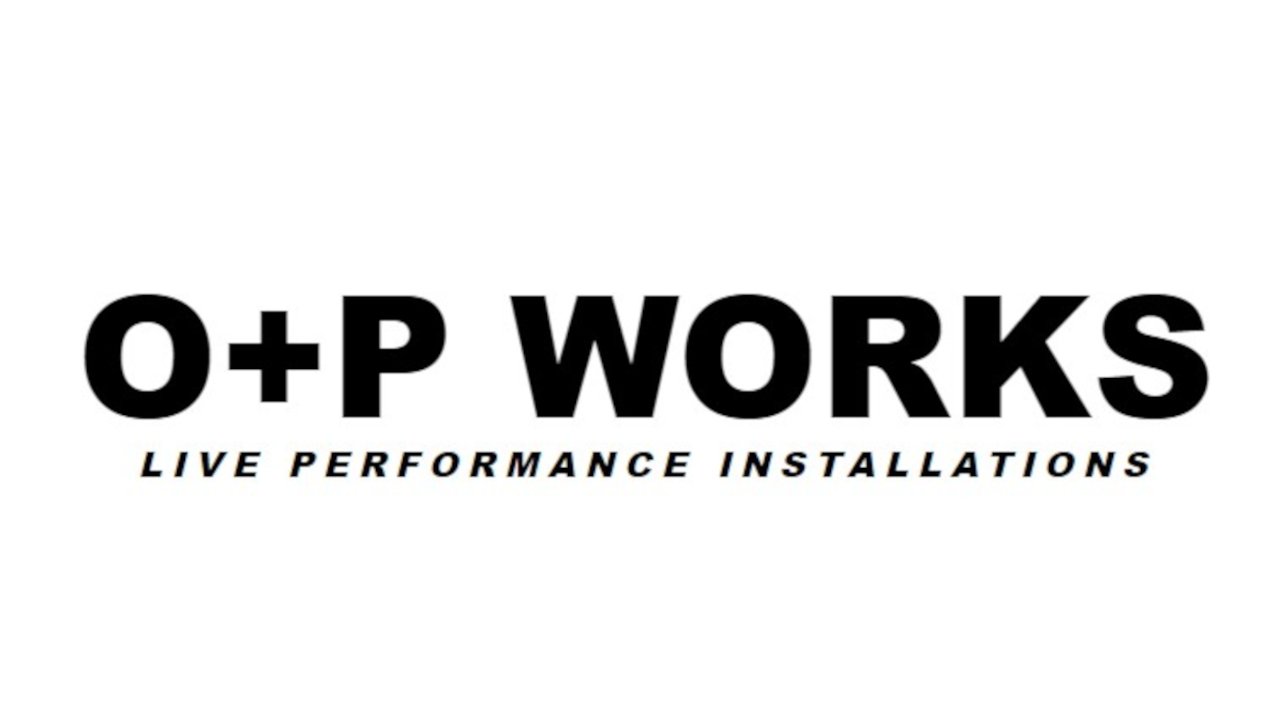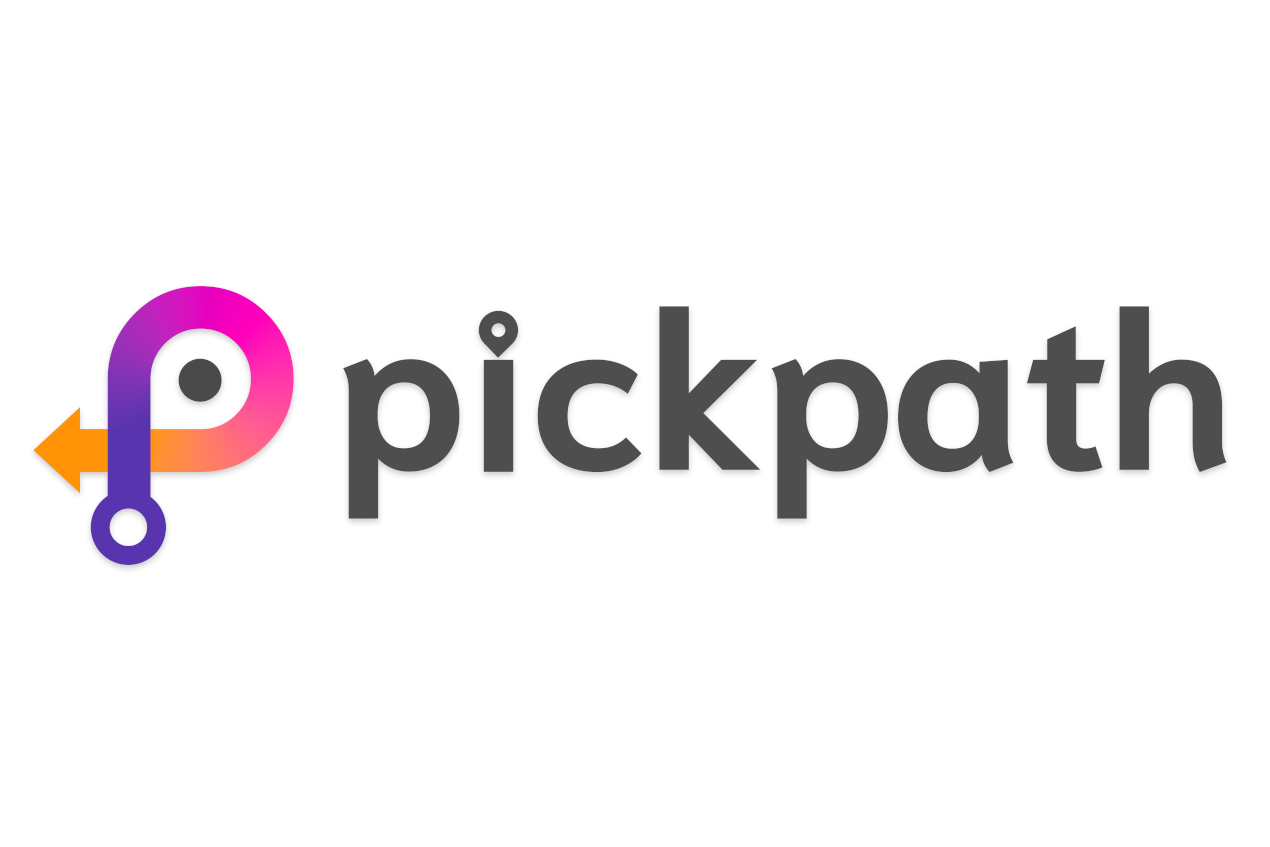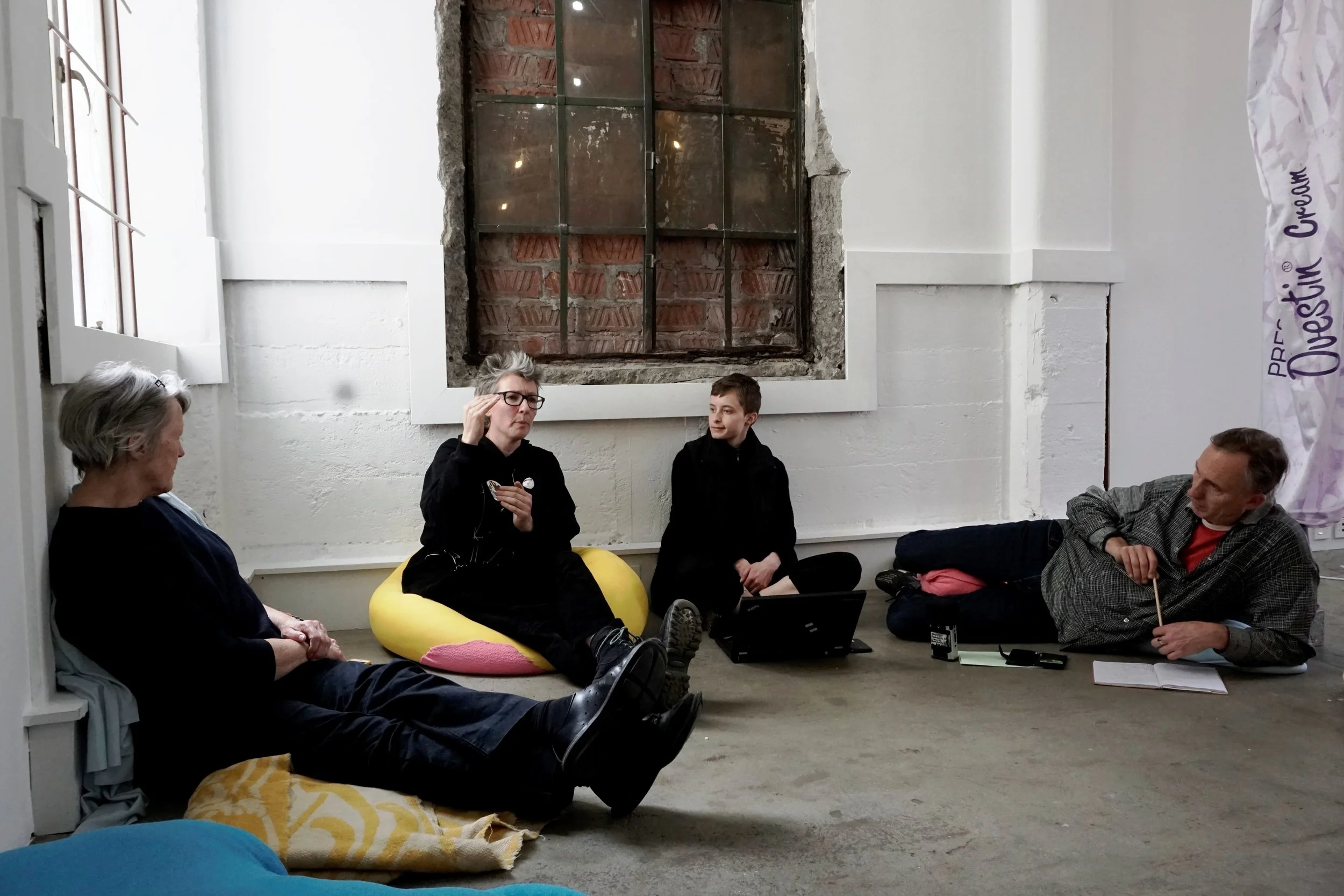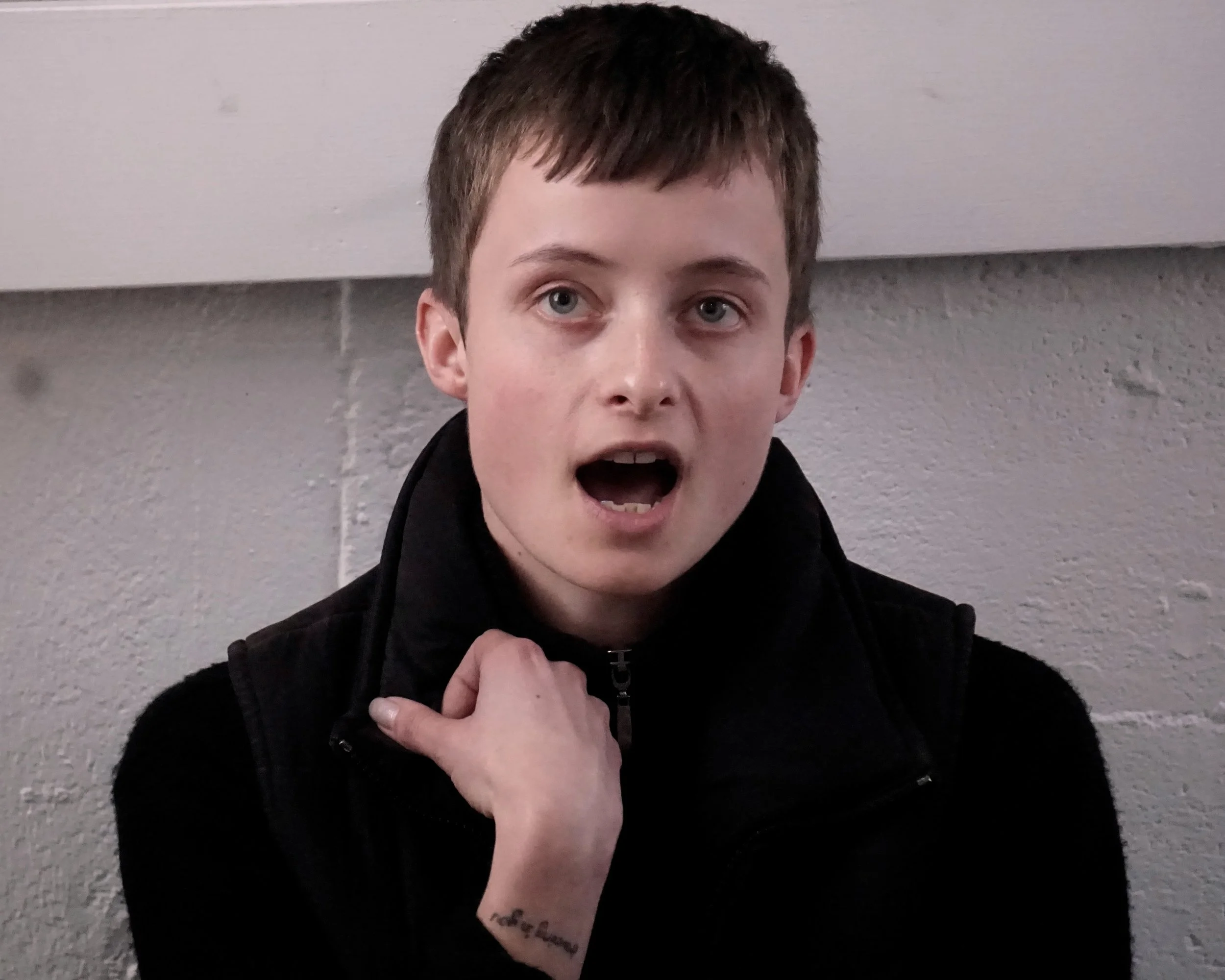JM - Cool! That’s cool though, a nice journey in itself. Do either of you, I’m kind of getting to the last couple questions here. I guess one that I wanna ask, do either of you, for the sake of anybody listening, is there any kind of tech-based work around, and I'm just going to say the Arts here, that you'd love to hold up as an example, of beyond your own work, that may interest the audience or you think that is is working in a really interesting way or something. Yeah, have either of you got any examples? Both of you?
JB - Yeah, on a large scale it feels like people haven't quite tracked(?) the intersection between a live experience and a digital experience. People are still stuck in one or the other, even to the point where is like ‘if I want to do a show online, I'm going to be doing a live show and doing it somehow through zoom.’ Something like that where it’s essentially just a different platform for doing what you were doing before. I think there are few companies, a lot of overseas companies, I think that are working in this space, Rimini Protokoll have been doing stuff like this for a long time. I'm talking to these guys Machina X, so they're Berlin-based I think. You know similarly, they’re less interested in how tech can facilitate a traditional experience or a more classic experience and try and get to a wider audience, they’re just really exploring the possibilities of what are the performance possibilities that tech allow I guess. There’s probably a ton of examples, there's definitely a few people doing stuff that’s audio based primarily, but you know it might be delivered through an app or something and navigate to around spaces, like one step a time like an this which is Australian company. I mean, I think a lot of people have (inaudible) definitely smaller players. Can you think of any big examples Olivia?
OM - We had a play around with the app Karen by Blast Theory. I don't know whether you've looked at that one at all?
JB - Yeah that’s a good example, cause they call you, it's like a therapist in an app.
OM - It is like a therapist yeah. To my taste it’s not as interactive as I would like it to be. It’s interactive but you’re still kind of on the railroad tracks in a way where I think there is a lot of tech, there is always going to be some kind of track that the audience member is on even if there multiple diverging tracks.
JB – But yeah that’s a good example of, I guess it's quite old that app really.
OM - It is yeah.
JB - But it’s definitely a touchstone for us as well. It's cool. It's cool seeing people like Complicity playing with binaural audio with that show The Encounter. Which was felt like, even though it was quite a simple gesture, it was a true, your truly hybrid work in terms of its stage show, but it's also much of the work consists in headphones that the audience are all wearing at the same time. But yeah the people who probably making really interesting games, which are crossing over, coming at it from that direction, crossing over into the performance world. I’m much less knowledgeable about them, but I know that that’s something that game makers are interested in as well. So it's sort of like there's a meeting in the middle starting to happen.
JM - Oh I get fascinated by those sorts of, one of the things going back to the crypto company I was actually talking about they, I find it very interesting following their platform. They basically pay artists to come and feature in their games. You know generally that's musicians, but it also is extended out to visual artists and stuff as well and really that ends up becoming exclusive content, NFT style within it. And so sorry just to pick up on what you're saying they're Joel, its one of the aspects of gaming on one of its outer reaches that really interests me. How are they, from that other end like you say, how are they co-opting the arts in what they do? Even two examples that I've read about around where you know those games where big communities, the World of Warcraft and stuff like that, where online meetings will happen and I know things like weddings have happen for example. But people have chosen to put shows on and whatever that might look like. A performance inside of Minecraft be organised, so yeah, can't look at it from those different angles is really interesting. So my last question I ask you both to finish up here really is; where do you want to see all of us moving. What are your thoughts for this future? Both for yourself? But also, you know for the arts and maybe a bit more around theatre which is where you two (inaudible).Where do you see all this going?
JB - Metaverse, no I don’t know, whatever the opposite of that is. Olivia what are you reckon?
OM - I’m not sure, I know there’s metaverse stuff happening. I don’t fully understand that metaverse stuff..Yeah, I don't know
JM - Do you both, I mean obviously Joel you’re invested something like Pick Path and so I see that you will be continuing this in the future. What about yourselves, as well Olivia, you and Poppy, do you see yourself continuing to interact with tech-based making in the future?
OM - Yeah think so, I think it’s just about, for us it's always discovering Pick Path and discovering Pippin Barr earlier on. They feel like, not coincidences, but happy opportunities that then inspire work to happen because of the discovery of that thing, rather than feeling like we have a specific thing that we always trying to make. Yeah it feels like a meeting point of (inaudible) that we’re interested in working with, or tech that we discover, and (inaudible) inspiration springs from (inaudible) what we could make.
JB - Yeah it’s that kind of utilising, you see a technology being utilised in one way, and you see another way it could be manipulated. And then it’s just a, exploration of, I mean you can do that with the most basic technology. We did show with text messaging. You know, just liking manually text messaging 40 people at a time, and then without realising that will get us blocked off the network. I think when you’re working in this space you do see those opportunists all the time. Your trained, your brain is trained to seek out the theatrical in any opportunity. So technology is just no different than cool found space or a particular performer or performance style.
JM - So I guess to finish off, have either of you got any thoughts of wisdom that you might share with anybody listening that might be motivated to try this sort of stuff out? Or think about taking their own creative practice into these directions?
JB - I mean I’d just start off with, use what you know for a start and really get to the edges of what you can use, the existing technology that you able to already use and then see what other, like what Poppy was saying, see what other platforms are out there that you can manipulate and twist to your own purposes. But yeah, if you want to get real complex, find a developer or become a developer who's interested in what you’re doing.
JM - What about you Olivia, you got any words of wisdom?
OM - It's probably similar, we definitely have made some cool things using existing technology that people are already familiar with and has a low, we quite like working lo-fi cause it means that we can make it ourselves, and we don't have to have knowledge and experience that we don't already have so yeah, I feel like it's like ‘don't be held back by what you don't have access to or the knowledge that you don't have, just work with what you do and then, go from there.
Ngā mihi nui ki a korua, thank you to Olivia Mahood & Joel Baxendale for sharing their thoughts & knowledge… and to anyone giving time to listening or reading. Please feel free to comment & share… also take some time to look through our various blog & podcast content, plenty of creative wisdom for all.
Until next time… noho ora mai












